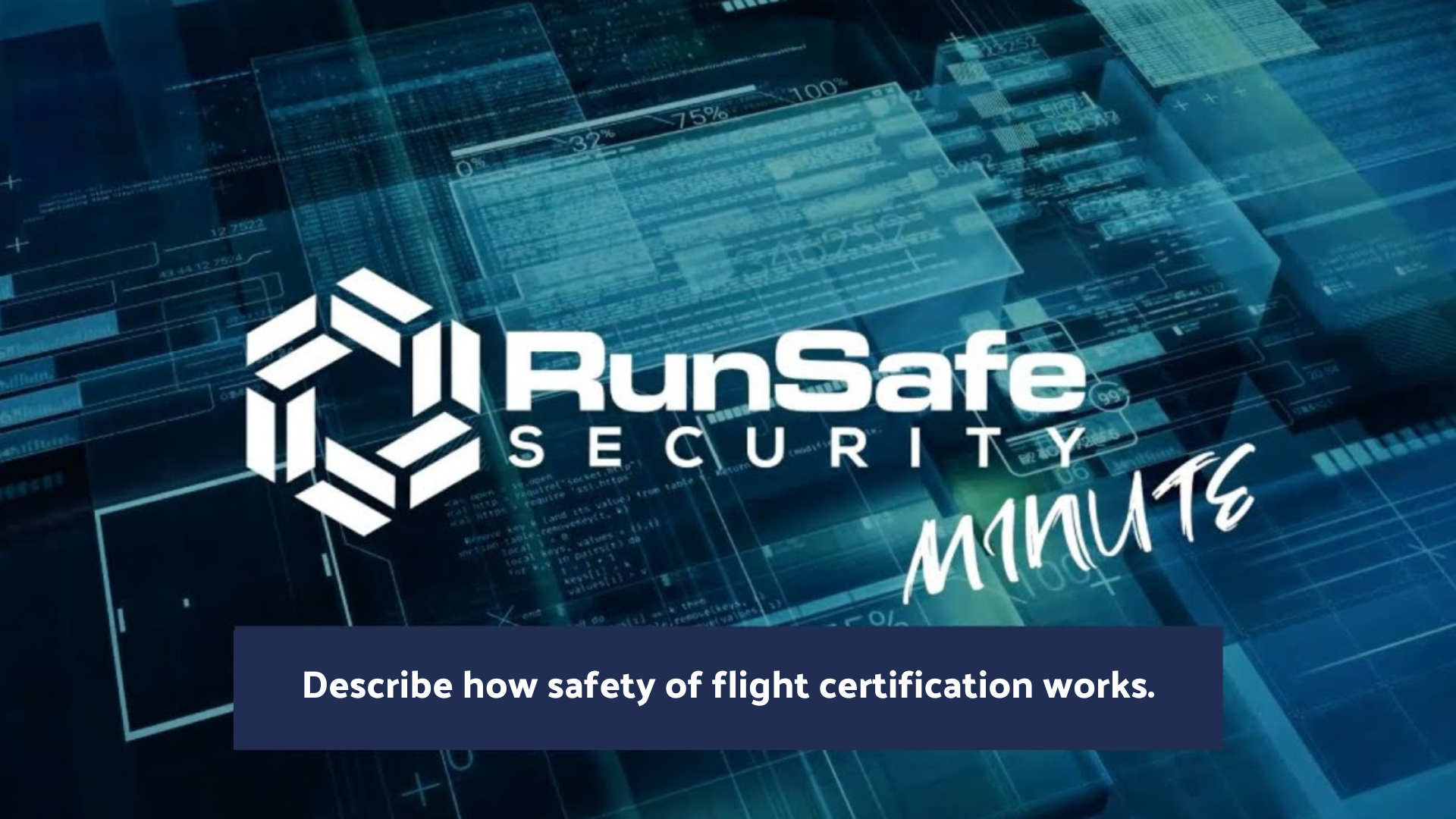Aviation Safety: Understanding Safety of Flight Certification
The Safety of Flight Certification is the process used by aviation authorities like the Federal Aviation Administration (FAA) to ensure the safety and reliability of any airborne system operating in regulated airspace. This certification process is vital for maintaining high safety standards across the aviation industry, encompassing everything from commercial airliners to smaller private aircraft.
The FAA publishes certification standards such as DO-178, which provide detailed guidance on developing products that are compatible with the safety of flight requirements. These standards are comprehensive, applying to specific system components, including hardware and software. Whether it’s the aircraft’s engines, avionics, or in-flight entertainment systems, every part must meet stringent safety levels corresponding to the potential risks of failure.
One of the key aspects of the Safety of Flight Certification is that it needs to be integrated from the beginning of the product development process. Safety considerations must be “baked in” to the design and development stages, ensuring that all applicable standards are adhered to throughout the engineering lifecycle. This requires meticulous documentation and thorough planning for each component of the system.
Verification and validation are critical components of this process. Verification ensures that the system meets all specified requirements, while validation confirms that the system performs its intended functions safely and reliably. These steps are essential for demonstrating that the system can operate safely within the highly regulated environment of modern airspace.
Once the verification and validation phases are completed, aviation authorities conduct a thorough review of the product. This review determines whether the product has followed all the required standards and can be certified as safe for flight. The certification process is rigorous and detailed, reflecting the critical importance of safety in aviation.
By ensuring that every airborne system meets the highest safety standards, Safety of Flight Certification plays a crucial role in maintaining the safety and reliability of air travel. From the engines to the entertainment systems, every component on an aircraft must be certified to ensure the overall safety of the flight.
